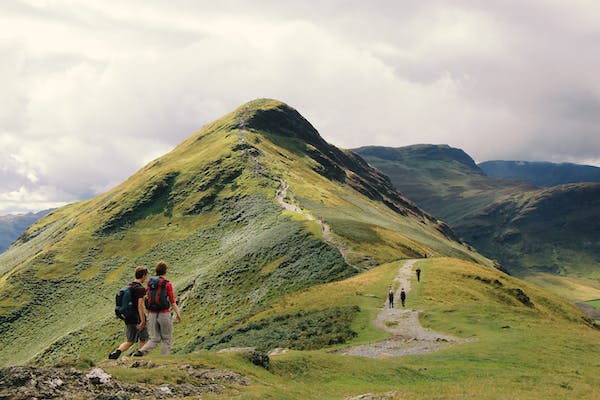Discover why slow travel is the next big thing, There is a new trend in travel and it’s moving very slowly. Just like the slow food movement, there is a slow travel movement. The theory essentially is that, by staying longer in one place and living rather than visiting, travelers can enjoy a deeper connection to their new environment. The Slow Movement website’s aim is to “make available information, resources, services and networking opportunities for everyone interested in exploring ecologically sustainable ways of thinking, living and interacting in our world community.”
How to Travel Slowly
“How does one travel slowly?” you might ask. Well, there are a lot of different ways. Vacation or holiday rentals offer affordable means for long-term stays in both rural and urban areas. Farm stays, where you work on a local farm, are also a popular way to get to know a culture, its food, its history and its customs. Farm stays offer a true emersion since cultural interaction is a must — but they are usually for the long term. However, you can also travel slowly on a tour.
Walking Tours
A walking tour is a great way to get to know a new destination. If you want to travel slowly, but don’t have a lot of time to spend in a destination, a tour is an excellent way to get into the nitty gritty of a place, a culture and a new lifestyle. There’s the added benefit of fitness as you will spend several days trekking through rural areas.
The Wayfarers have been offering walking vacations since 1984 and say that “the wayfarers are the ultimate in slow travel. They define slow travel much in much the same way as we do here: “slow travel, means absorbing each destination up close, on foot and with friends.”
A Wayfarers vacation is taken in small groups with like-minded individuals under the guidance of the company’s Walk Leaders. Everything is included, such as meals, drinks, accommodation and guides.
Another key component to a slow travel tour is its effect on the environment. Sustainability is a large part of the experience and not leaving a tangible negative imprint on the environment you are getting to know. Wayfarers pays close attention to its environmental impact and tries to bring a direct benefit to the local people who they interact with on their tours. They aim to nurture the communities with which they engage.
An example of a Wayfarers walking tour is the Cinque Terre – Italy’s Fabled Five Lands trek in Italy. The six-night trip explores the unique footpaths of the UNESCO World Heritage Site. You stroll through olive groves, pungent pine forests, mountain pastures, the cliffs of Portofino National Park, a 1,200-year-old monastery and a vineyard at Volastra.
Hotels on the trip are luxurious and include the Grand Hotel Portovenere, the Hotel Miramare Sestri Levante and Hotel Cenobio dei Dogi.
Included in the tour is are the services of the walking manager, and the walk leader; a backup vehicle for resting walkers; travel information and a reading list; demonstrations, wine tasting, museum admissions, and historic sites; all ground transfers; all meals; on-trail snacks and refreshments; wine with dinner; gratuities and more.
